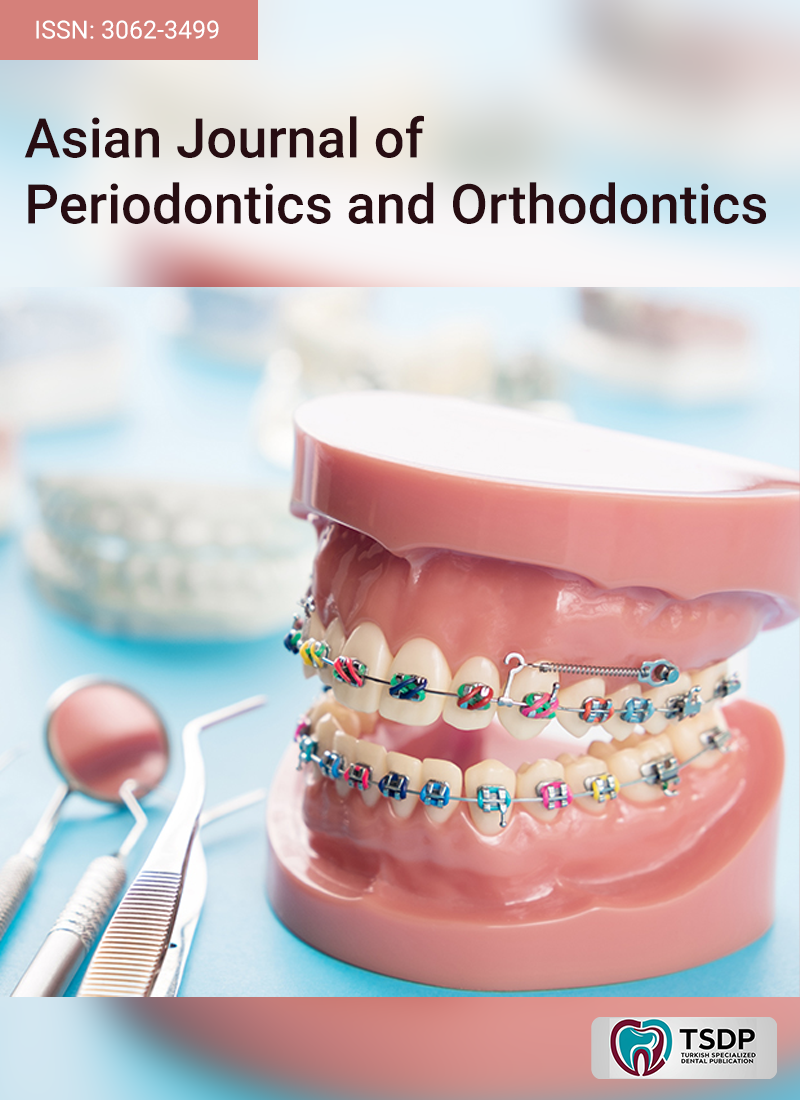
Dentistry is one of the professions that use nanoparticles. However, there are concerns regarding their unidentified effects on human health and the environment. This study aimed to investigate the extent of the use of nanoparticles in orthodontics because of their growing use in other dental specialties. This review article uses the keywords nano chitosan, nano zinc oxide, nano silver, nano curcumin, nanoparticles, and orthodontics. The relevant publications were chosen after searching the Google Scholar, Scopus, PubMed, and Web of Science databases using the requested keywords. The investigations indicate that tetravalent ammonium derivatives, titanium oxide, curcumin, zinc oxide, chitosan, and all silver nanoparticles have strong antibacterial qualities. Further research is recommended on the effects of each of these nanoparticles on binding strength. There is inadequate data to support the use of ACP nanoparticles, calcium-phosphate nanoparticles, and fluoride to decrease caries; hence, further research is recommended for further exploration. According to studies, adding zinc oxide nanoparticles to orthodontic wires reduces friction between the wire and the bracket, whereas adding titanium oxide nanoparticles to the bracket increases friction. Despite the research on the subject of nanoparticle toxicity being sparse, it appears that nanoparticles are not more harmful than ordinary chemicals.